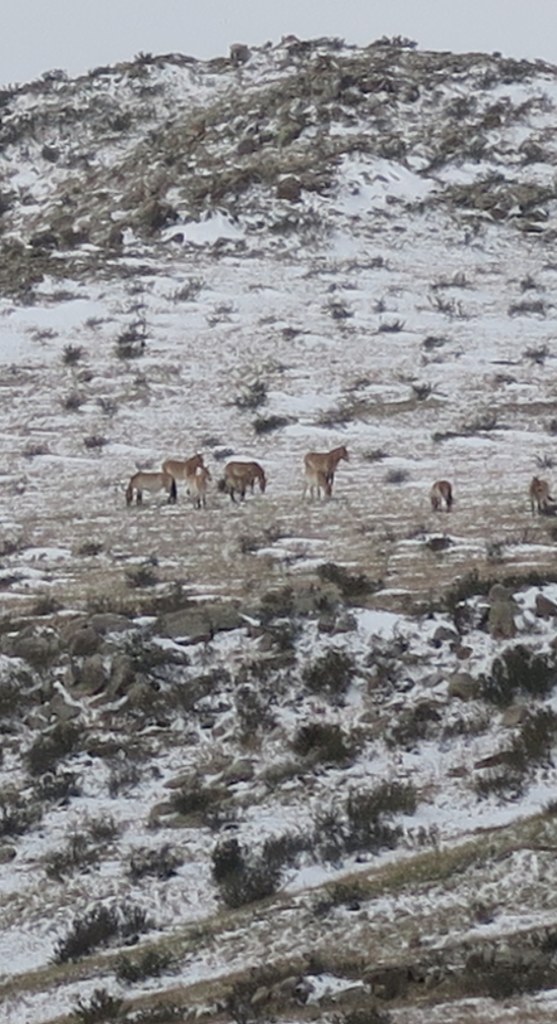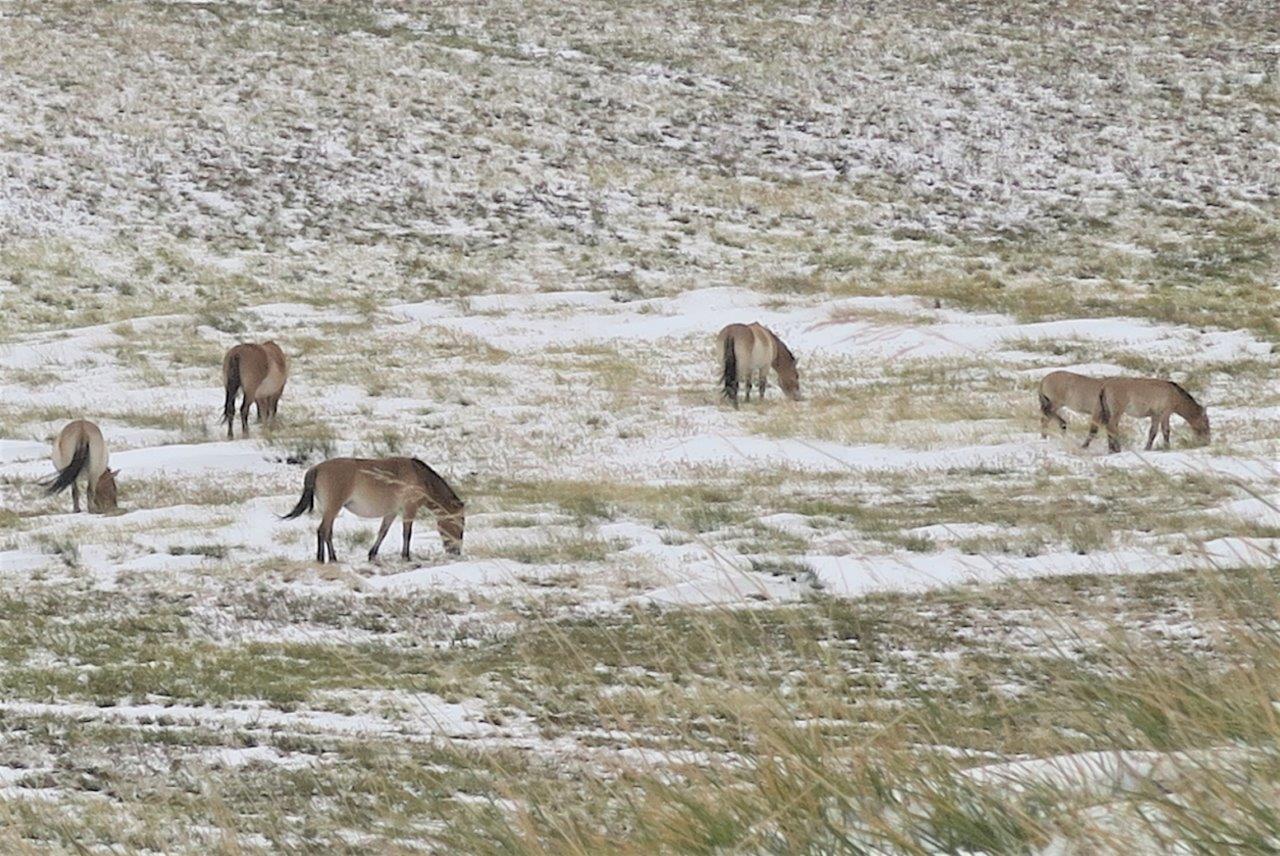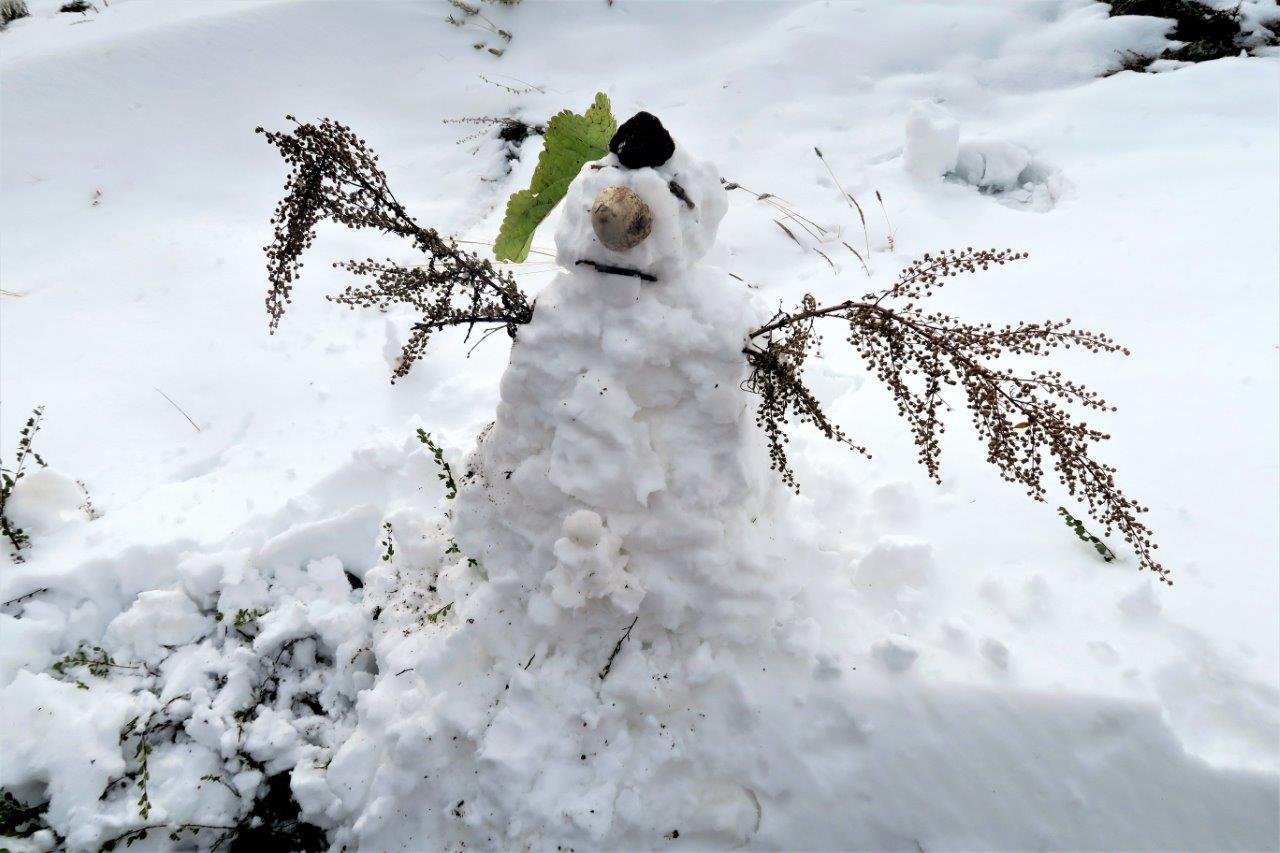On the final day of our 10-day Central Mongolia and Gobi roadtrip as the Russian Loaf ate up swathes of open steppe, my anticipation kept building throughout the 4-hour journey.
Our destination was the Hustai National Park, to see the world’s last truly wild horses roaming freely, in its natural habitat.
TAKHI – THE LAST KNOWN SPECIES OF WILD HORSES The Przewalski’s horse (Equus ferus przewalskii), also known as “takhi” in Mongolian (which means “spirit,” or “worthy of worship”) is considered to be the last and only remaining wild horse species in the world. Native to central Asia’s steppes, the Mongolian horse was officially named Przewalski’s horse after the Russian explorer who first spotted it in the late 1870s. By the early 1900s, 53 Przewalski’s horse foals had been shipped to Europe from the Gobi, where they were kept in zoos and privately-held “parks.” By 1947, just 31 takhi survived in captivity, only 12 of which actually bred. That year a wild mare was caught in Mongolia, bringing the breeding population up to 13 individuals, from which all takhi alive today are descended. On the brink of extinction and back 1967 - the last herd of takhi spotted 1968 - the last individual horse spotted 1969 - declared extinct in the wild 1992 - reintroduction of Przewalski’s horses in Mongolia, China & Kazakhstan Saving the species In 1992, sixteen Przewalski's horses from the Netherlands were successfully transported to Hustain Nuruu - now known as Hustai National Park (HNP) in central Mongolia. The reintroduction was accomplished in association with the Foundation for the Preservation and Protection of the Przewalski Horse and the Mongolian Association for Conservation of Nature and Environment. Every two years, beginning in 1992 and continuing into 2000, Przewalski’s horses from European countries were reintroduced into HNP. By 2002, the population of Przewalski's horses in the park increased from the original 84 to 150. The number has since grown upwards of 380. This includes 34 breeding harems and more than 80 young stallions. The Takhi have had a long, hard journey back from the edge of extinction.
My first impression of Hustai National Park is a blanket of snow as far as the eye can see.

Though I should be used to it by now, I still marveled at the vastness of the surrounding white landscape.


The grassy landscape is home to the only one true wild (never domesticated) horse.

Mongolia’s famous wild horses
Native only to Mongolia, the takhi are the only natural wild horses in the world.
Smaller and plumper than regular horses, they are a sandy white colour, with short mane hair. Their shape actually resemble zebras, and they are the only horse to have 66 chromosomes, 2 more than the standard horse’s 64.

We were very fortunate to see not one, but two groups of Takhi. The minute we entered the Park, Lhagvaa went into ‘hunt’ mode. Scanning the terrain intensely as he drove, our patience was finally rewarded after 45 minutes.

Lhagvaa’s fantastic long range vision spotted movement high up on a distant cliff. We stopped, got out and followed the direction of his pointing finger.
It took me a while, but when I spotted the pack, I experienced a rush of feeling for this endangered species that once faced total extinction.
I felt good knowing that the Takhi are once again born free and living wild in their native steppe.
I was overjoyed when Lhagvaa continued to ‘hunt’ after we bundled back into the van and out of the cold. This time, the anticipation and wait lasted only 20 minutes. We had a closer view of the second pack, grazing in the valley across the river.



From our two encounters with the takhi with a typical ‘pack’ of 7 or 8 horses, there could be 40+ groups roaming all over Hustai NP, however that does not make for easier spotting.
Takhi Facts
- Takhis stay in harem groups with a strict hierarchy, dependent on age and relationship of the individual horses.
- In strictly scientific terms, the Takhi is a distinct species due to its 66-chromosome count; all other horses have 64 chromosomes.
- “Takhi” means “spirit” or “spiritual” in Mongolian and the species is a symbol of their national heritage.
- In 1945 there were only 12 breeding takhi in the world.
Fun in the Snow
Earlier when no sighting of the Takhi seemed forthcoming, we had taken a break, braving the cold and biting wind to stomp and trample on snow. After a thoroughly satisfying snowball fight, we joined forces and built a mini snowman.


Hustai National Park is home to the world’s largest number of Przewalski’s horses in the wild. The Mongolian Government declared the 50,620 hectare reserve as a Specially Protected Area in 1993, one year after the initiation of the reintroduction project of the Takhi (Przewalski’s horse) to Hustai National Park. Its key mission is to maintain and build a sustainable population of these rare creatures. Visitors to the steppe and mountain forest can now spot teams of the dun-colored horse wandering around the dry grassy landscape. Although the star is indubitably the takhi, the park is also home to other species like the red deer, steppe gazelle, the Eurasian badger, grey wolves and the Eurasian lynx. There is also an abundance of birds, fish and plant species. Hustai National Park is located 100km west of Ulaanbaatar, the Mongolian capital city.
Visited 20 September 2018
